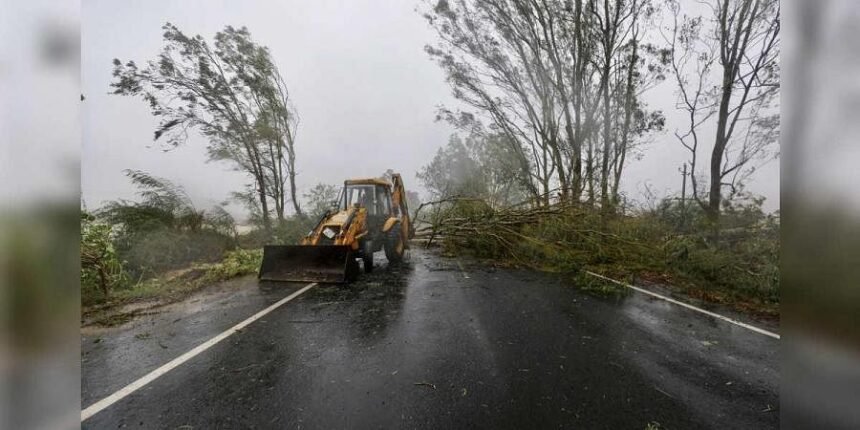Cyclone Biparjoy wreaked havoc in coastal districts of Gujarat, leaving behind a trail of destruction. The cyclone uprooted thousands of trees, toppled numerous electric poles, damaged houses and roads, and caused flooding in several coastal villages. As a result, nearly 4,600 villages were left without power, with scores of transformers damaged and approximately 5,120 electric poles brought down. The state’s electricity department has been working tirelessly, managing to restore power in 3,580 villages, according to the state Relief Commissioner, Alok Kumar Pandey.
Fortunately, there were no reported casualties due to the cyclone. However, the financial losses incurred by the state are significant. Officials have been directed to commence the assessment process to determine the extent of the damage caused by the cyclone. Despite the destructive impact, the absence of human casualties can be attributed to the collective efforts of the authorities and preparedness measures.
The cyclone’s strong winds and heavy rains resulted in the uprooting of approximately 1,137 trees, leading to disruptions in traffic on 263 roads across the state. Although many houses were damaged, it is worth noting that the deaths of a cattle rearer and his son in the Bhavnagar district were not attributed to the cyclone. Tragically, they lost their lives while attempting to save their goats from a flooded ravine.
Following the passage of Cyclone Biparjoy, Gujarat Chief Minister Bhupendra Patel convened a meeting to assess the state’s condition. Collectors of the affected districts were instructed to conduct surveys to evaluate the damage inflicted on property, infrastructure, and crops. Preliminary reports indicate that 20 kutcha houses, nine pucca houses, and 65 huts were completely destroyed, while 474 kutcha dwellings and two pucca houses suffered partial damage.
Efforts to restore normalcy are underway, with a focus on repairing the power infrastructure and addressing the immediate needs of the affected communities. The cyclone serves as a reminder of the importance of disaster preparedness and prompt response in mitigating the impact of natural calamities.
In conclusion, while Cyclone Biparjoy caused extensive damage to the power infrastructure in Gujarat and disrupted the lives of many coastal residents, the absence of human casualties reflects the effectiveness of preparedness measures. The focus now shifts to assessing the damage and undertaking the necessary steps to rebuild and support the affected communities in their recovery process.






